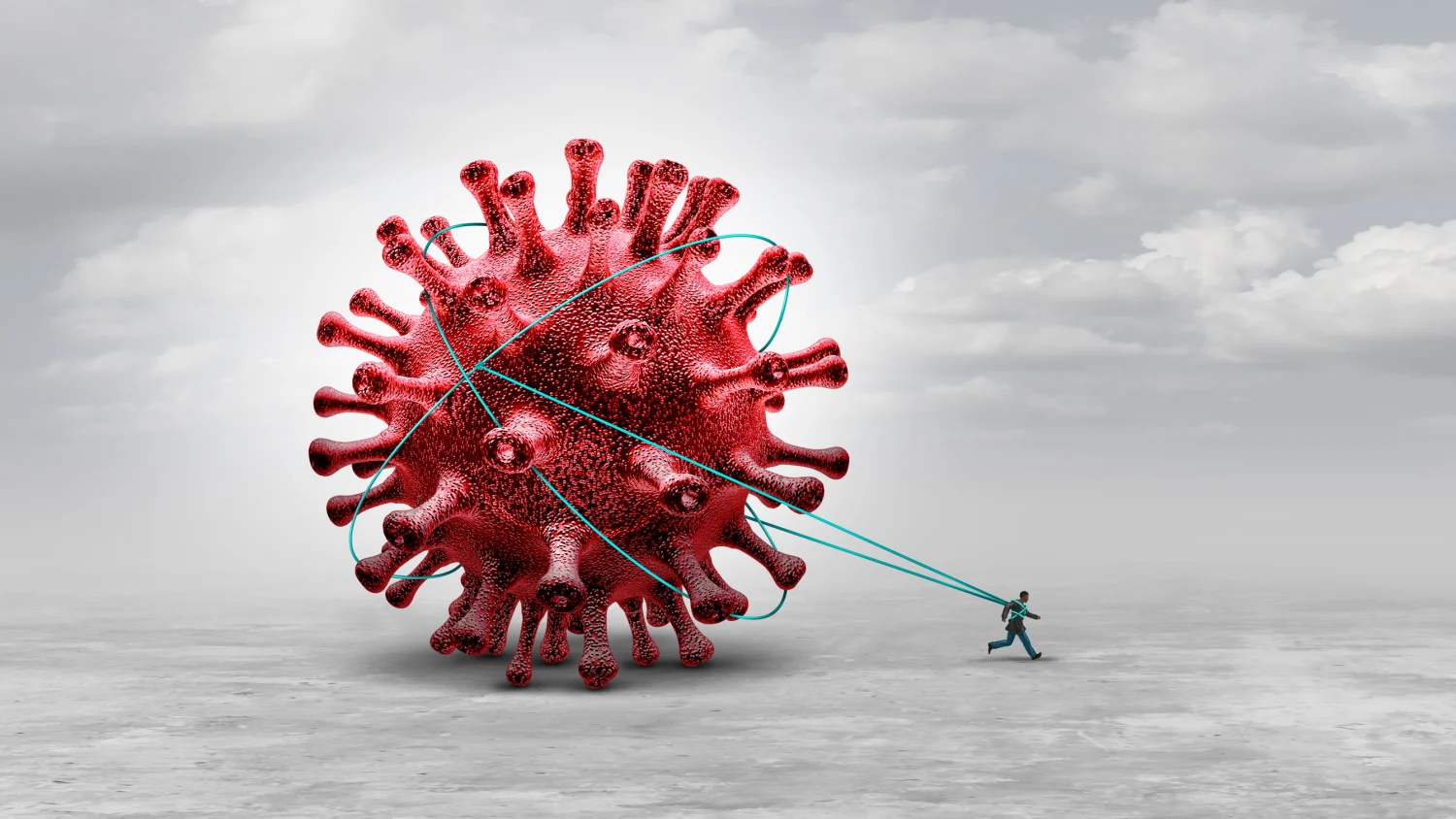Long COVID has emerged as one of the most perplexing medical challenges of our time, affecting millions of people worldwide who continue to experience debilitating symptoms months or even years after their initial COVID-19 infection. While most people recover from COVID-19 within a few weeks, approximately 6-7% of adults develop what medical professionals call post-COVID-19 condition or long COVID.
This complex syndrome encompasses over 200 documented symptoms that can persist, disappear, and reappear unpredictably. Understanding why these symptoms linger is crucial for the millions of people whose lives have been dramatically altered by this condition. From persistent fatigue and brain fog to heart palpitations and breathing difficulties, long COVID represents a significant public health concern that demands comprehensive awareness and medical attention.
What Is Long COVID?
Long COVID, also known as post-COVID-19 condition or long-haul COVID, describes a collection of symptoms that persist for three months or longer after the initial COVID-19 infection. The World Health Organization defines it as symptoms that develop within three months of COVID-19 illness and last at least two months, significantly impacting a person’s ability to perform daily activities.
This condition affects people regardless of the severity of their initial infection. Remarkably, people can develop long COVID even if they never experienced symptoms during their acute COVID-19 infection. The symptoms can emerge weeks or months after someone appears to have fully recovered from the virus.
The Most Common Lingering Symptoms
Physical Symptoms
The most frequently reported long COVID symptoms include:
-
Extreme fatigue that interferes with daily life
-
Shortness of breath and breathing difficulties
-
Heart palpitations and irregular heartbeat
-
Chest pain or tightness
-
Joint and muscle pain
-
Persistent cough
-
Sleep problems and insomnia
Neurological and Cognitive Symptoms
Long COVID significantly impacts brain function, causing:
-
Brain fog – difficulty thinking or concentrating
-
Memory problems and cognitive dysfunction
-
Headaches
-
Dizziness when standing up
-
Loss of smell or taste
-
Pins and needles sensations
Mental Health and Other Symptoms
Additional symptoms include:
-
Depression and anxiety
-
Digestive issues including diarrhea and stomach pain
-
Skin rashes
-
Changes in menstrual cycles
-
Post-exertional malaise – symptoms worsen after physical or mental effort
Why Do Long COVID Symptoms Persist?

The mechanisms behind COVID remain not yet fully understood, but researchers have identified several potential explanations:
Viral Persistence
Growing evidence suggests that viral components remain in the body’s tissues long after the initial infection clears. Research has found COVID-19 spike proteins circulating in some patients’ blood up to a year after infection. This persistence may be due to a poor initial immune response that failed to completely eliminate the virus.
Immune System Disruption
COVID-19 may cause immune cells to stay activated even after the virus is gone. This can lead to autoimmune reactions where the immune system attacks the body’s own tissues. Elevated levels of autoantibodies, similar to those found in conditions like lupus and rheumatoid arthritis, have been detected in long COVID patients.
Inflammation and Tissue Damage
The initial COVID-19 infection triggers significant inflammation to fight the virus. In some people, this inflammation fails to completely resolve, leading to ongoing symptoms. Chronic inflammation can cause tissue damage and contribute to persistent symptoms like fatigue and muscle pain.
Blood Vessel and Circulation Problems
COVID-19 can damage the lining of blood vessels, leading to poor circulation of nutrients and oxygen to tissues. This endothelial dysfunction can result in blood clotting issues and contribute to symptoms like brain fog and cardiac complications.
Nervous System Dysfunction
The infection may affect the autonomic nervous system, which controls unconscious bodily functions like heart rate and breathing. This dysautonomia can explain many of the varied symptoms experienced by long COVID patients.
Mitochondrial Dysfunction
Some researchers theorize that COVID-19 affects the cellular energy production system, leading to the profound fatigue characteristic of long-term COVID-19. When cells cannot produce energy efficiently, it can result in a wide range of symptoms observed.
Risk Factors and Recovery
Certain factors increase the risk of developing long COVID, including female sex, older age, having asthma, and experiencing a more severe initial infection. However, about one-third of people with long-term COVID-19 have no identified pre-existing conditions.
Recovery patterns vary significantly. Most people with symptoms at 4 weeks recover by 12 weeks. However, recovery is slower for those still experiencing symptoms at 12 weeks, and some individuals may have lifelong symptoms, particularly those meeting the criteria for conditions like chronic fatigue syndrome.
Long COVID represents a complex medical condition with multiple potential causes and mechanisms. While research continues to unravel the mysteries behind why symptoms persist, the reality is that millions of people worldwide are living with debilitating long-term effects from COVID-19.
Understanding these lingering symptoms and their underlying causes is essential for developing effective treatments and providing appropriate care for those affected. As the medical community continues to study this condition, awareness and recognition of long COVID’s impact remain crucial for supporting patients and advancing research toward better outcomes.

